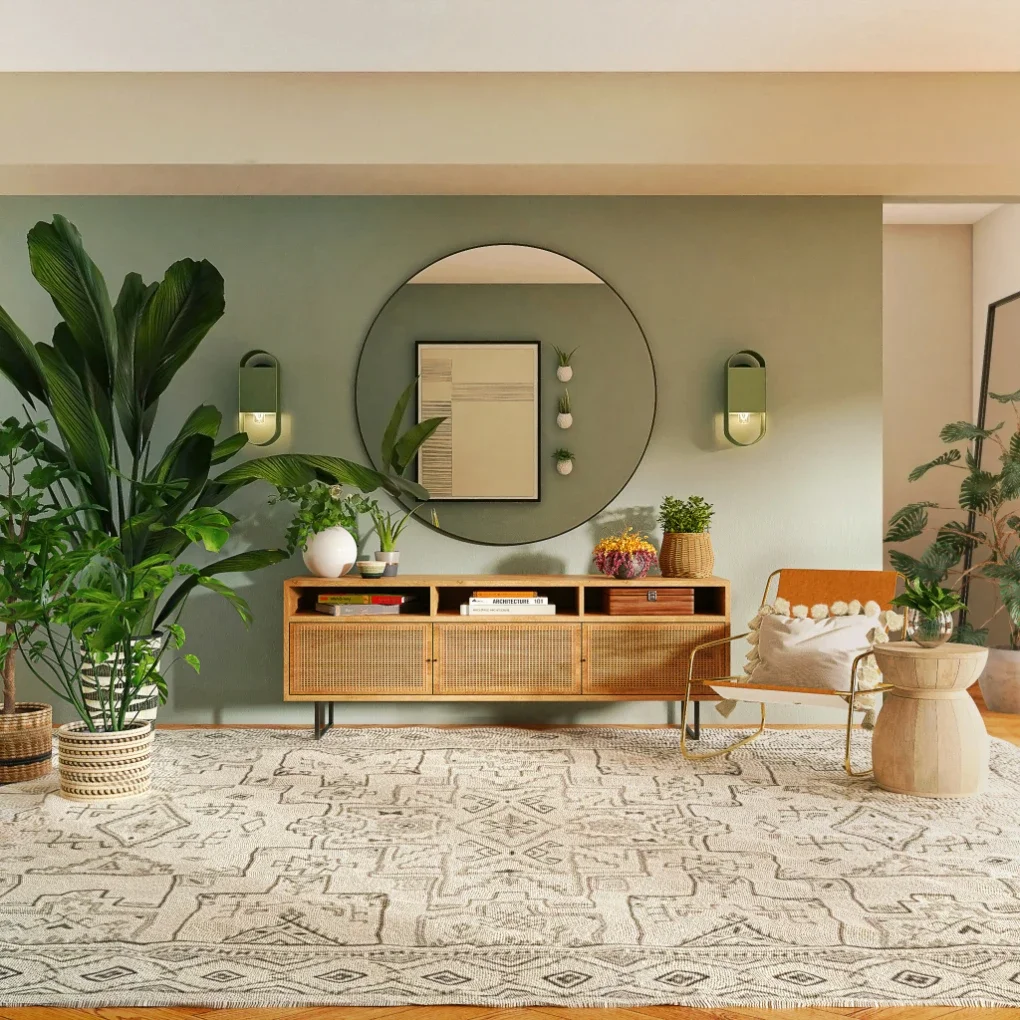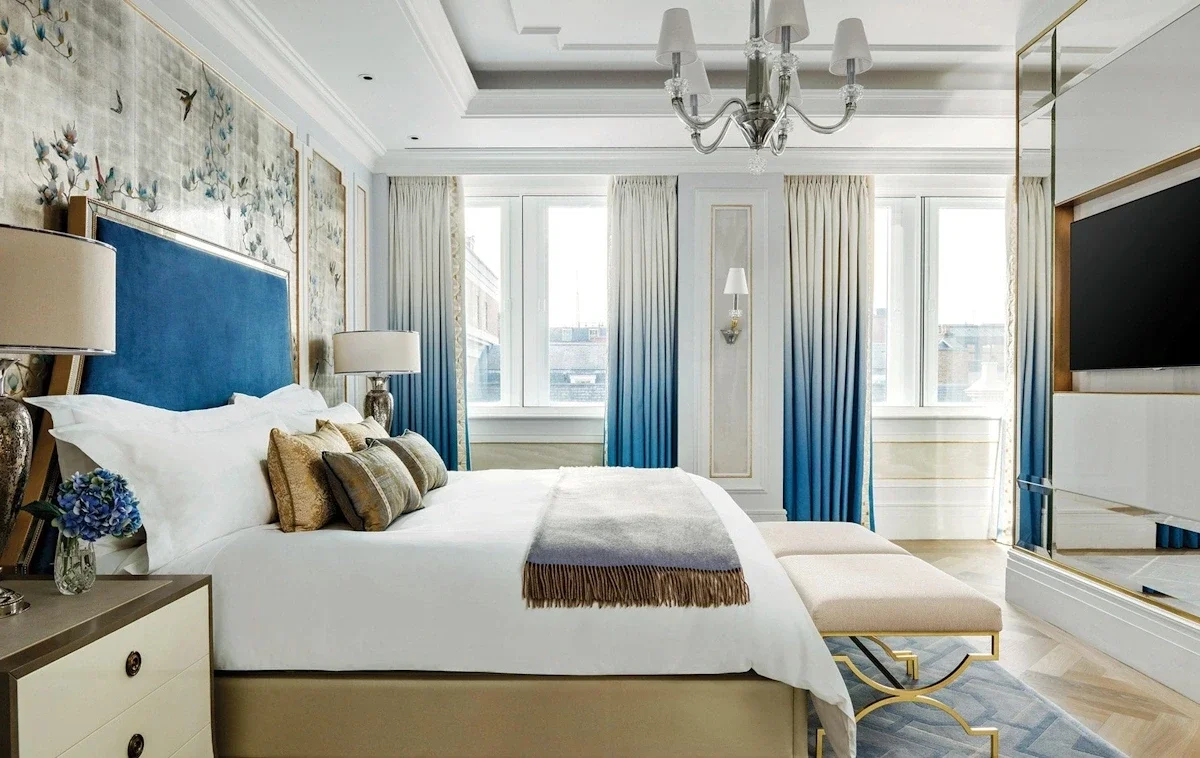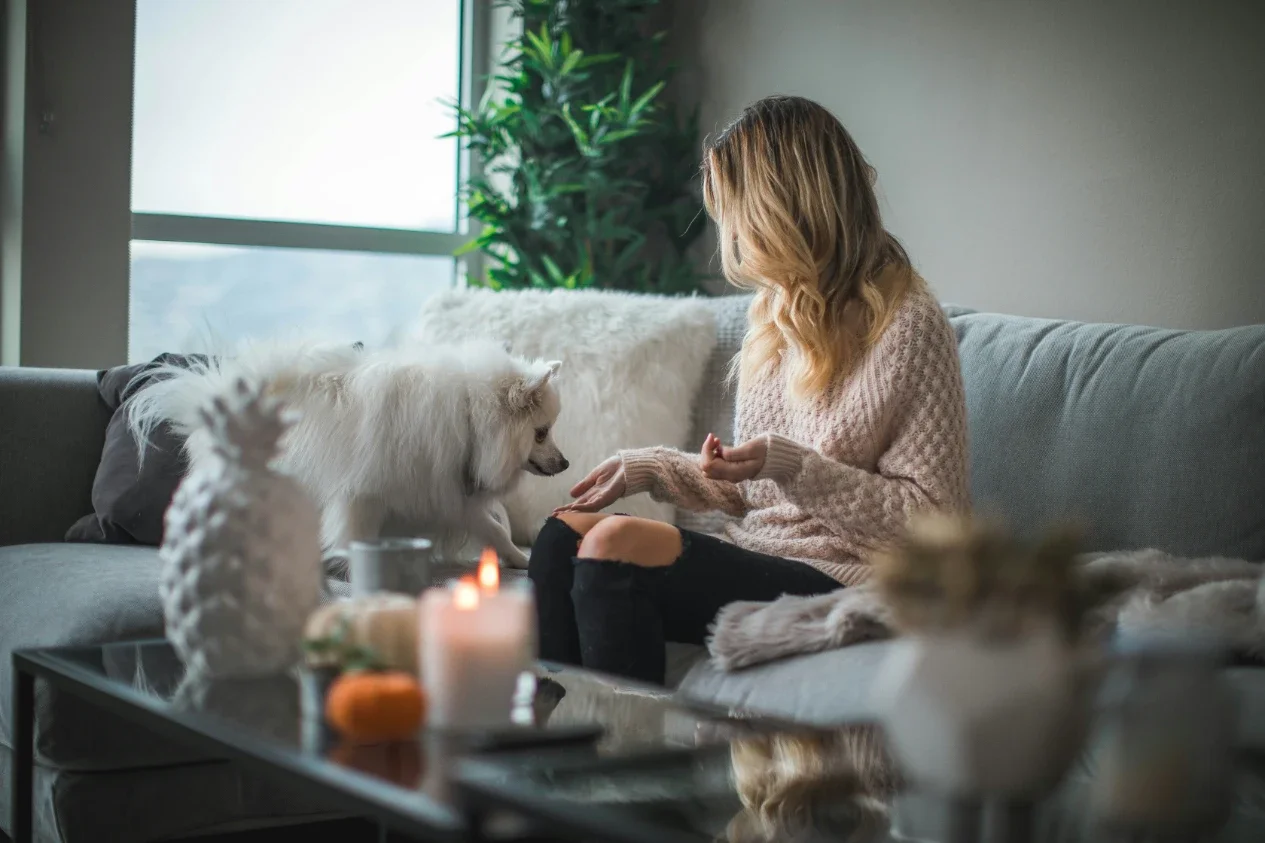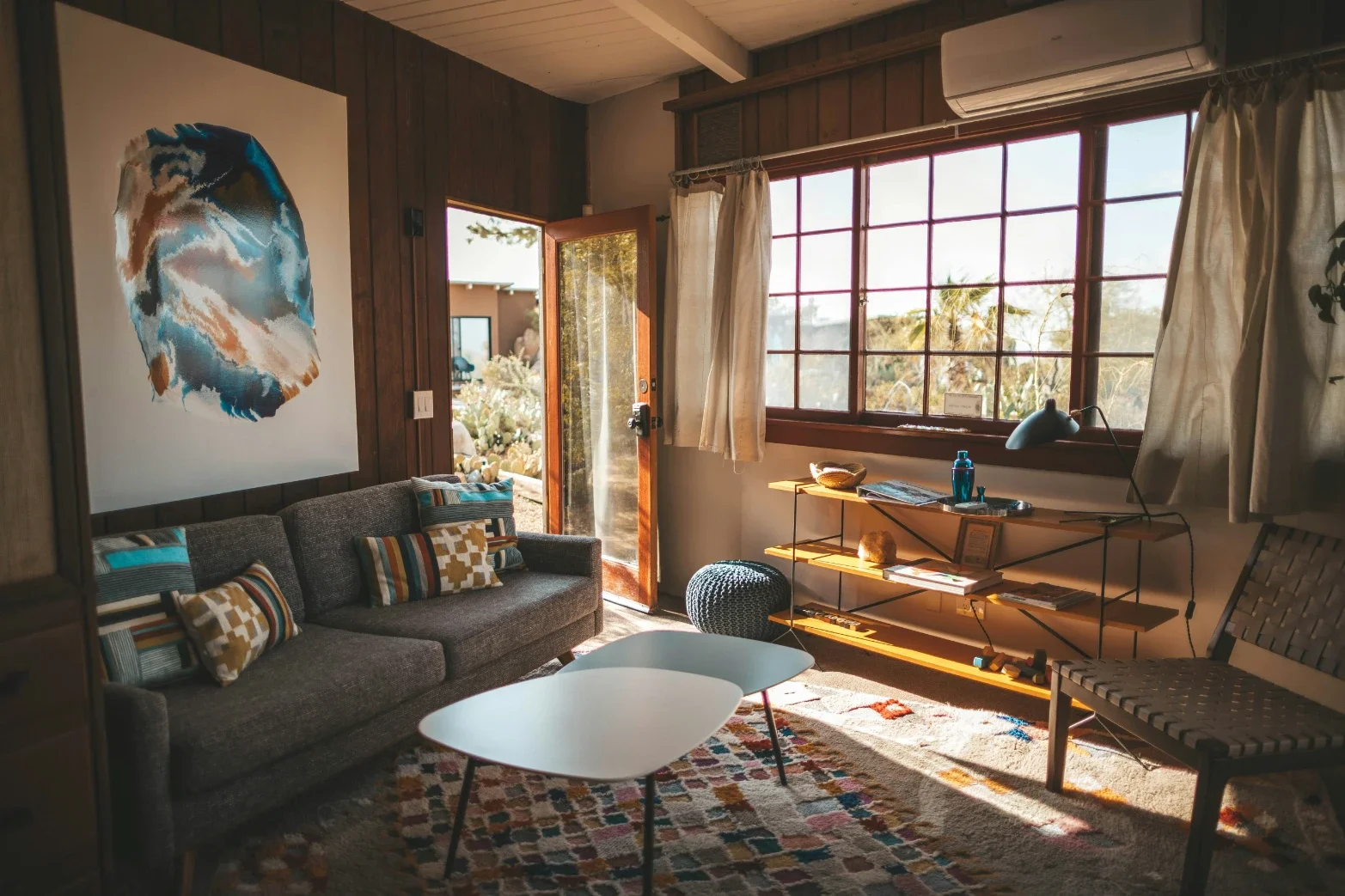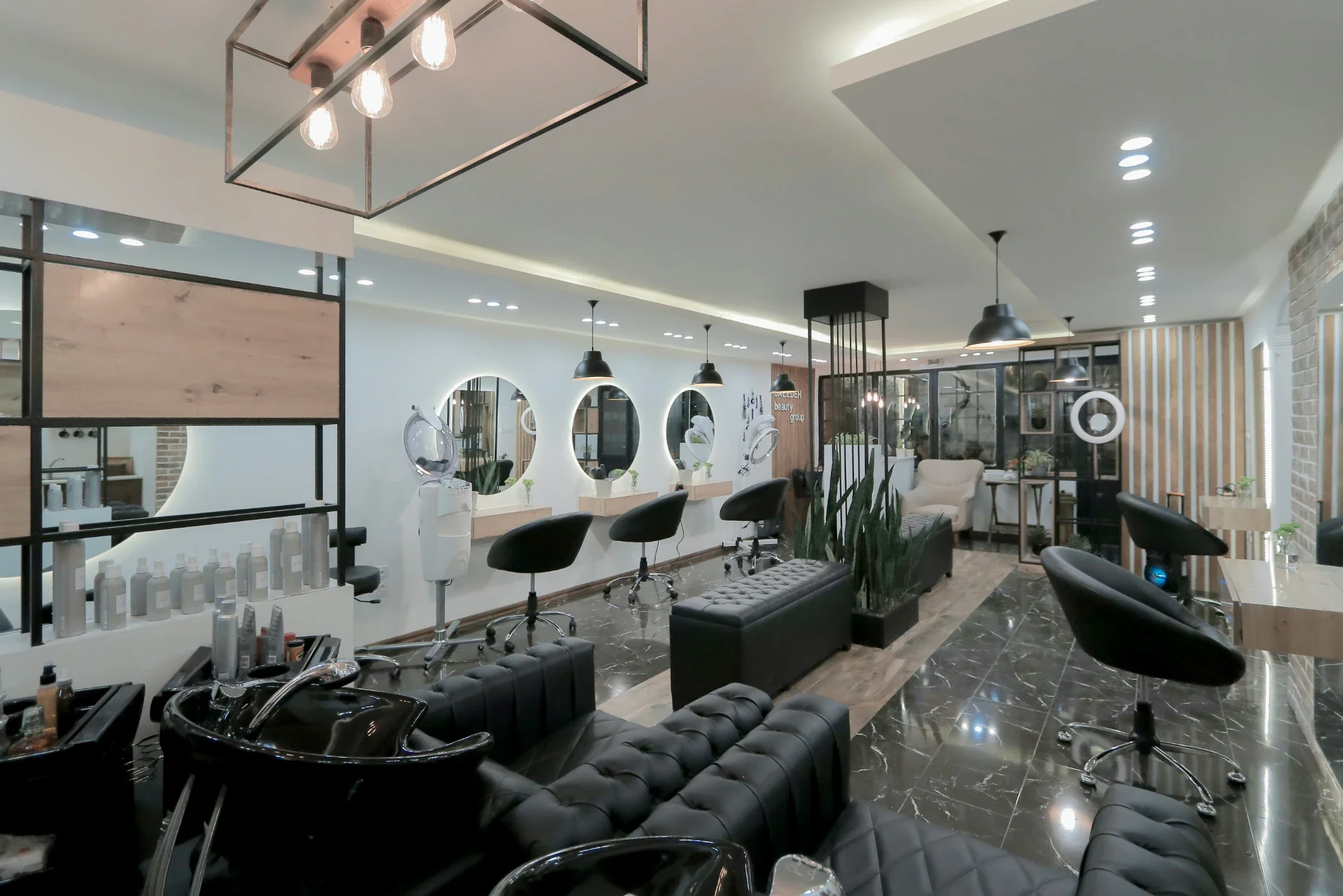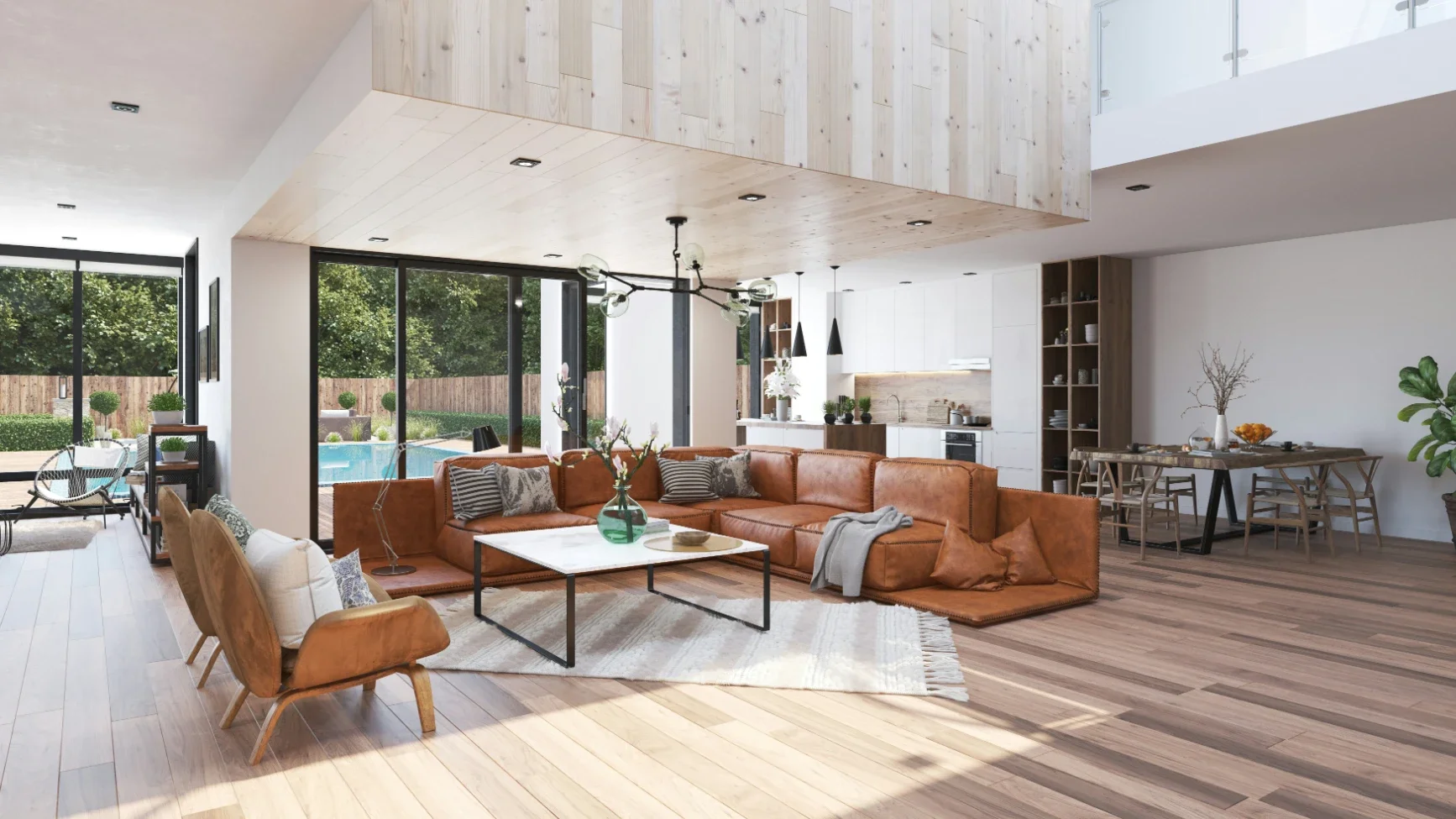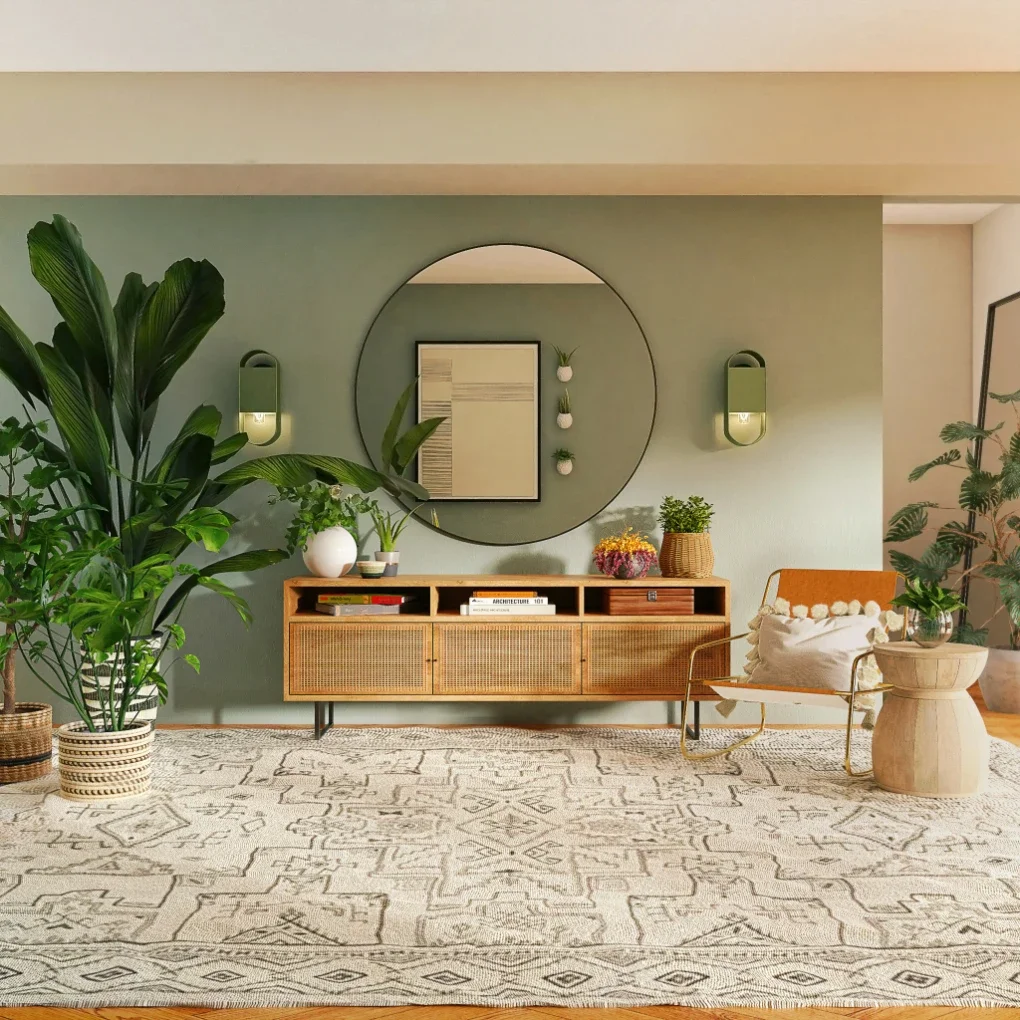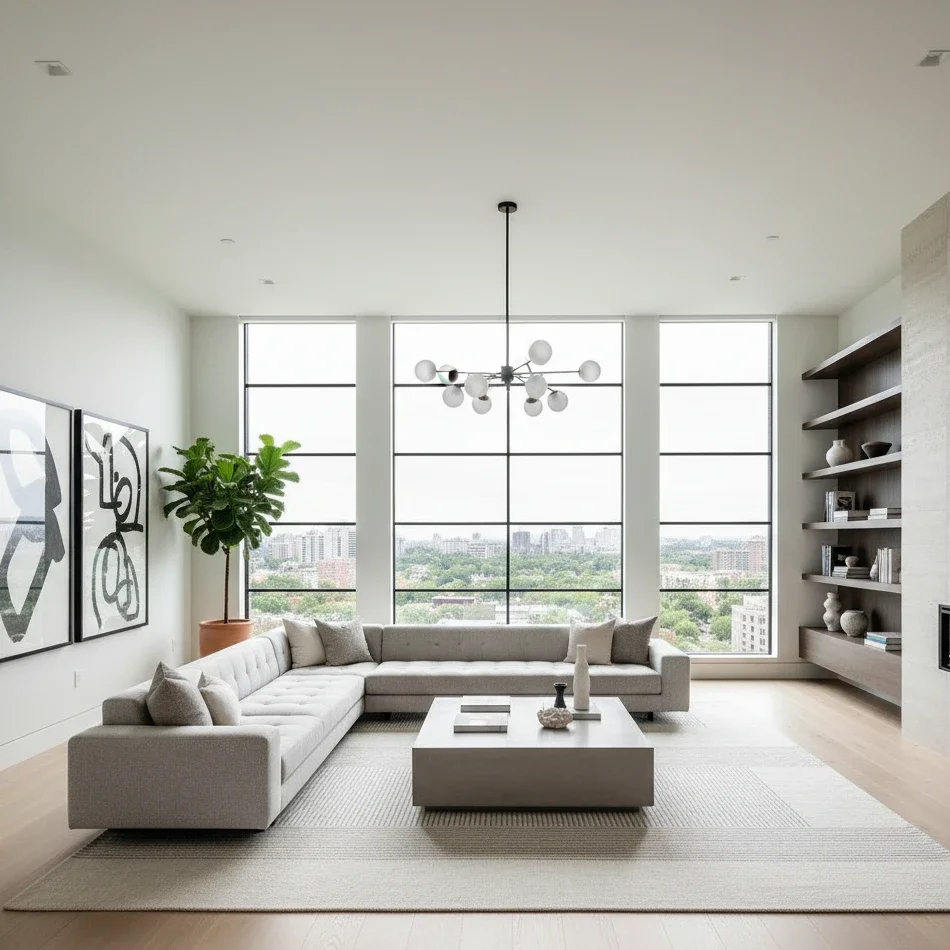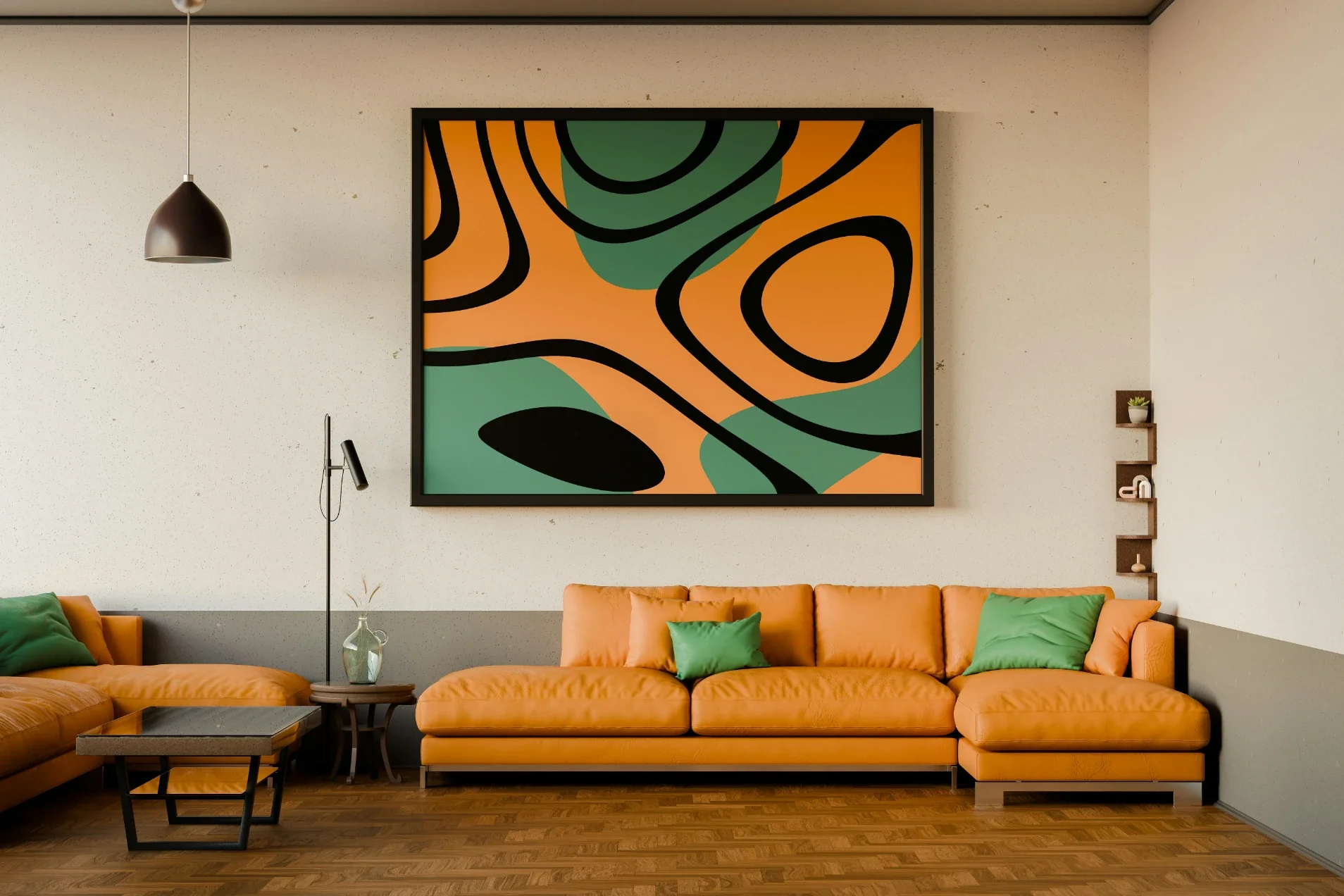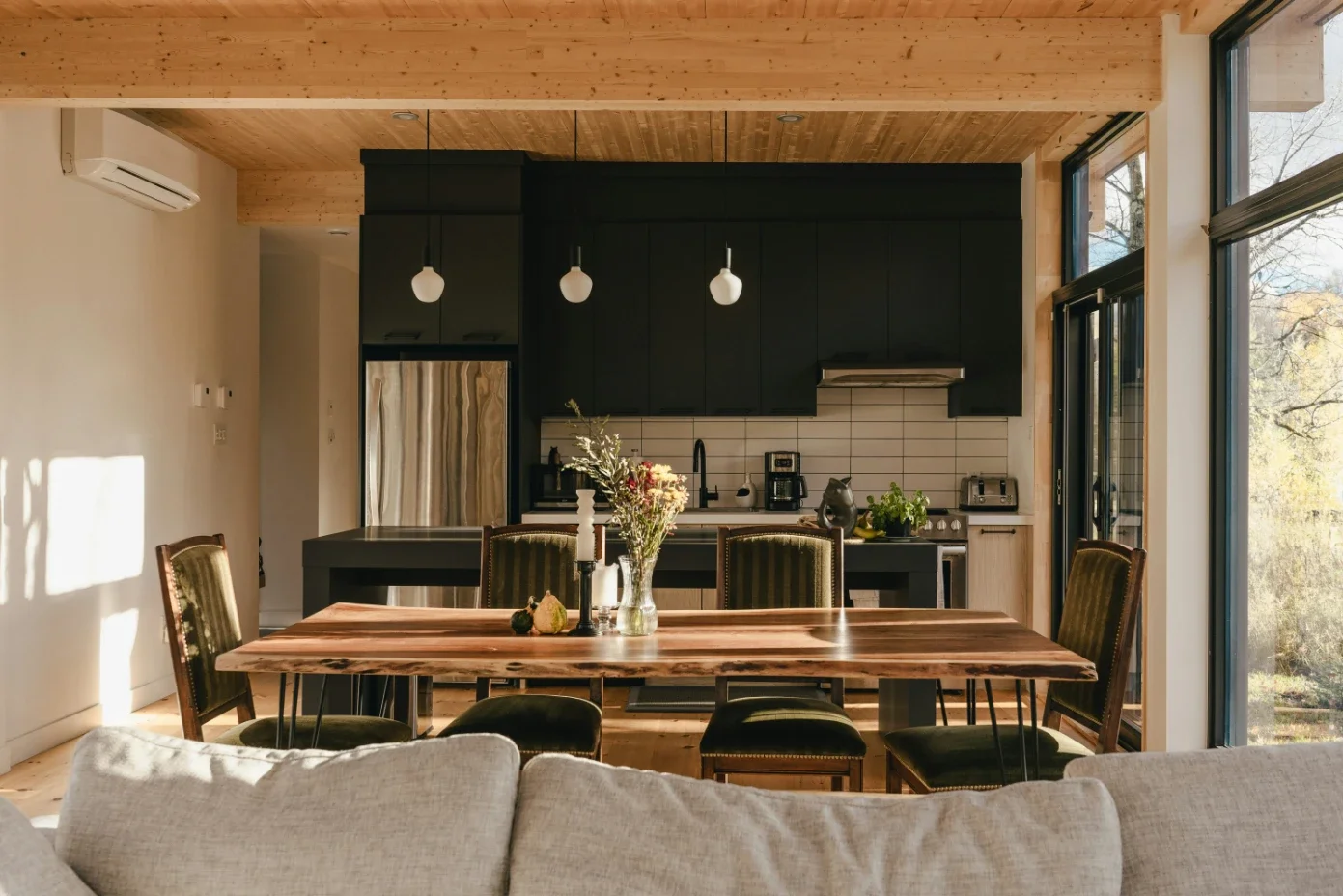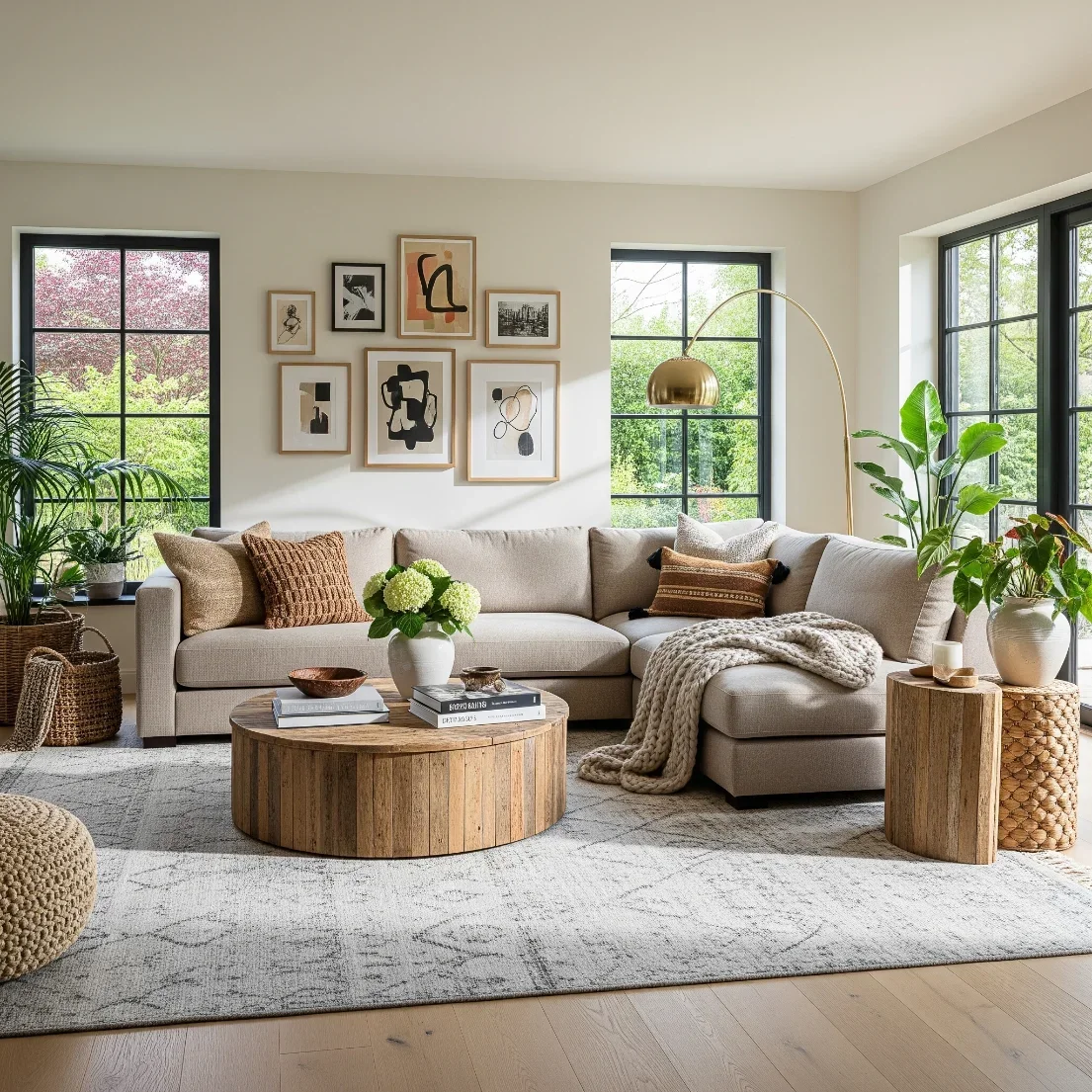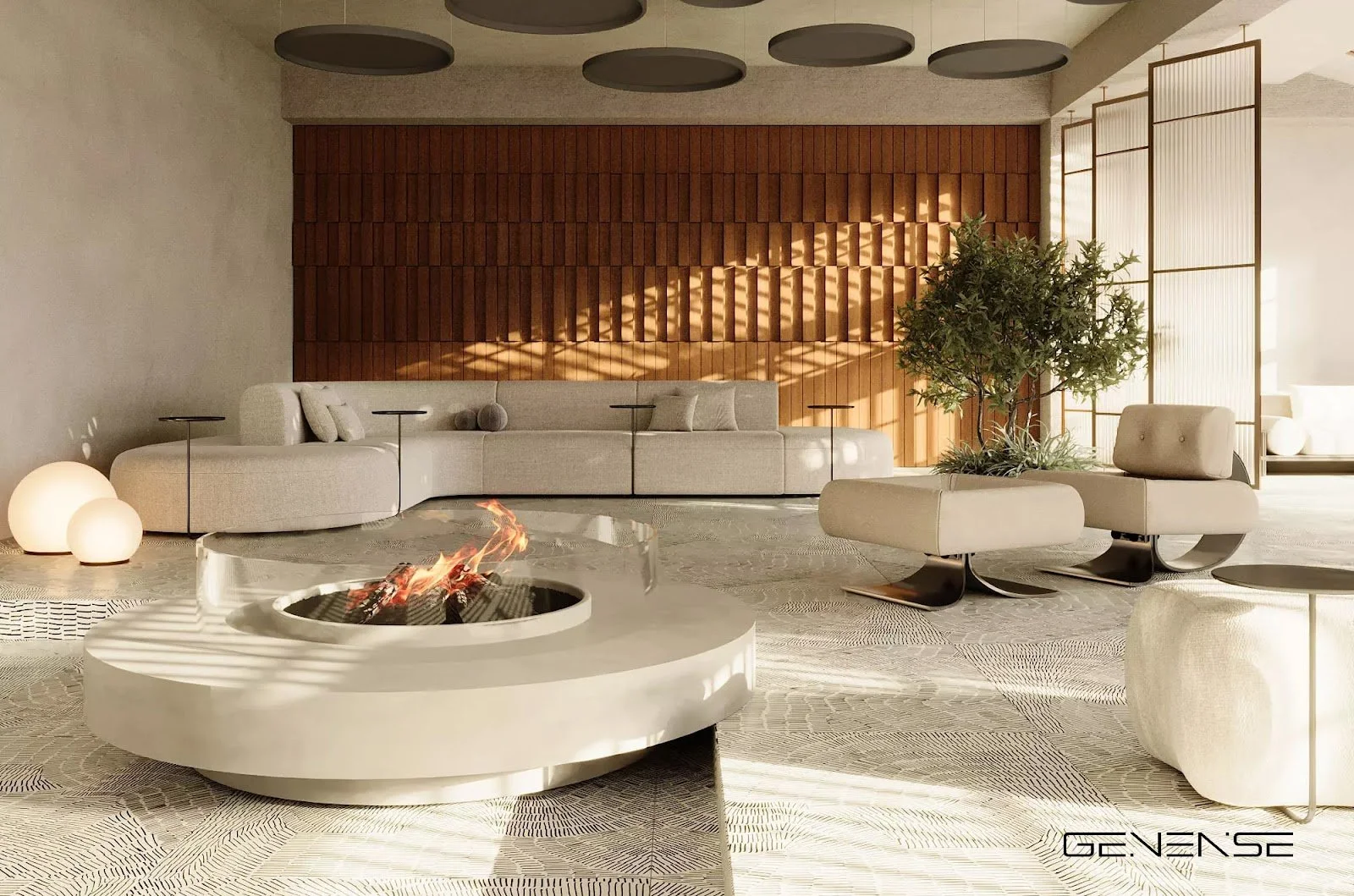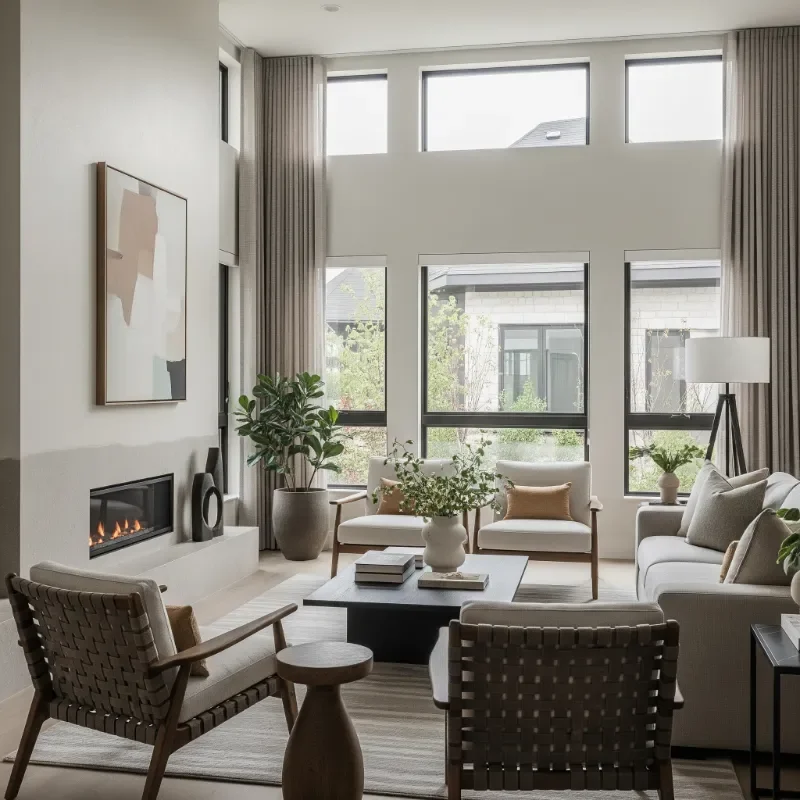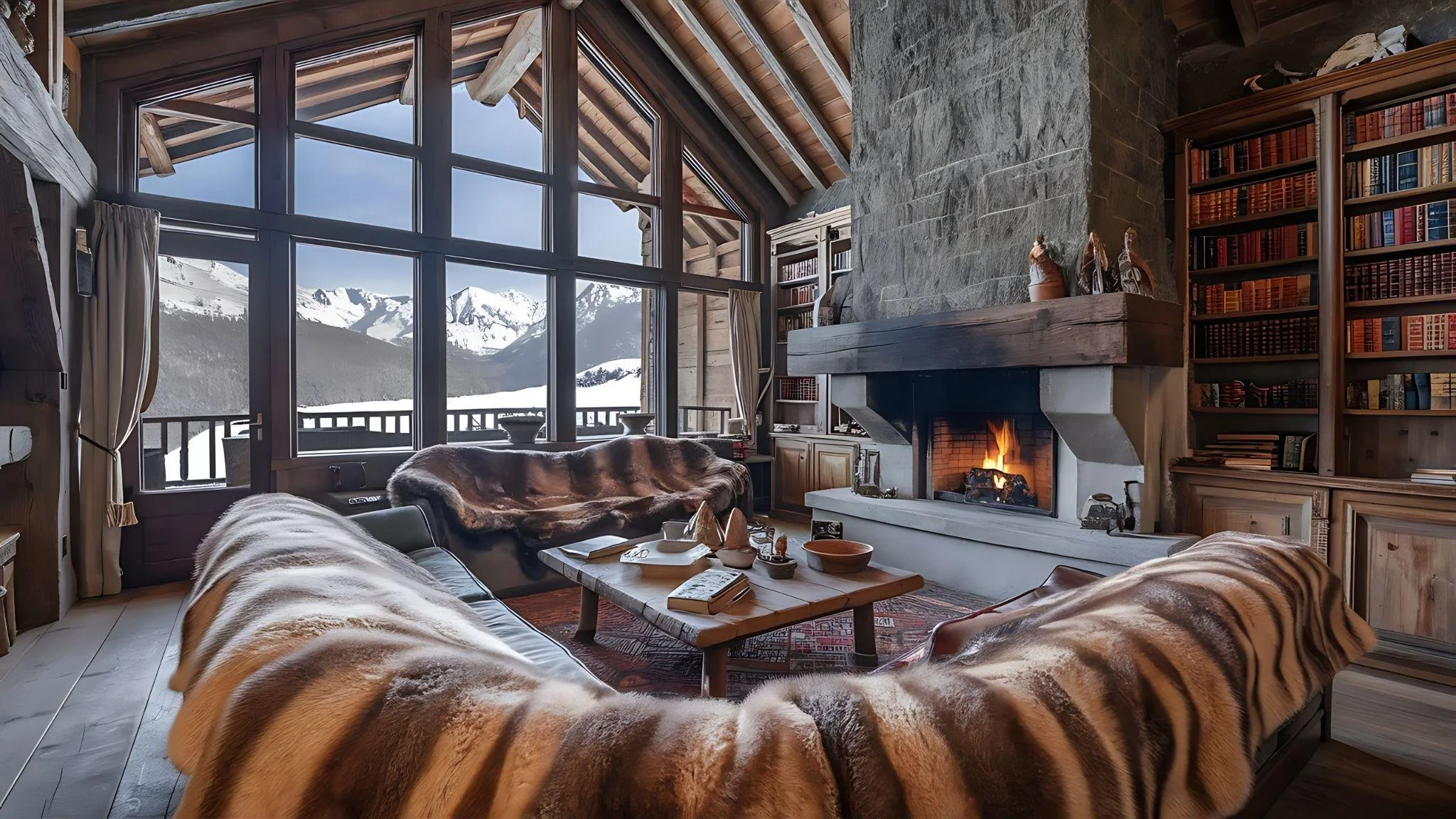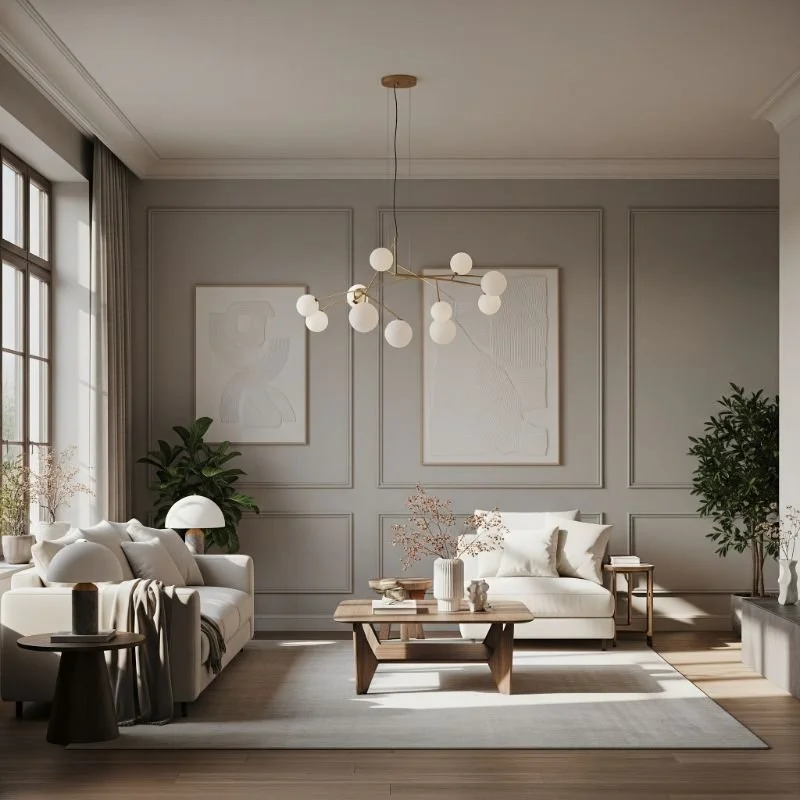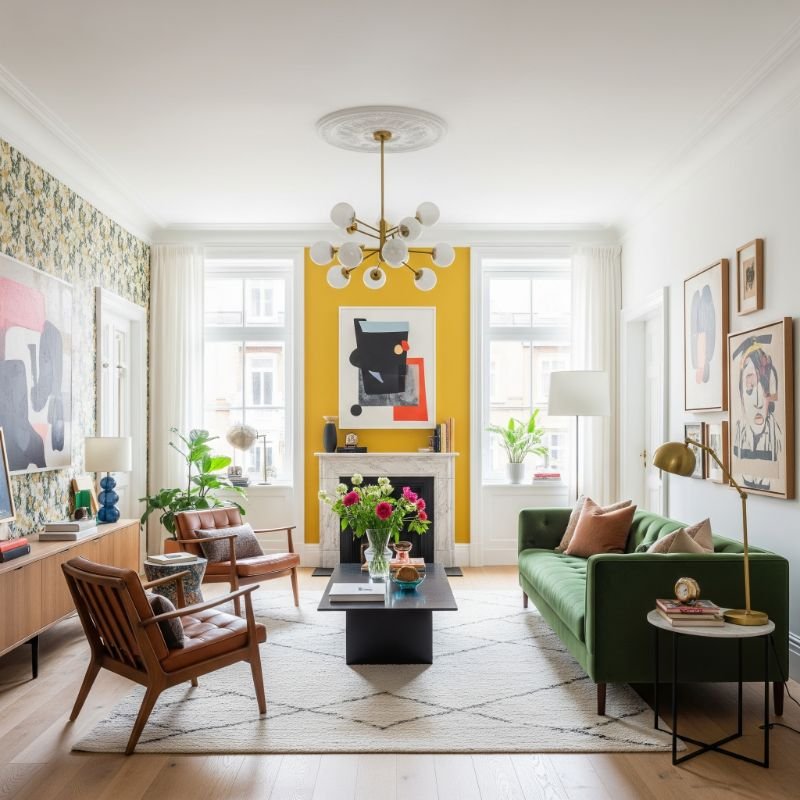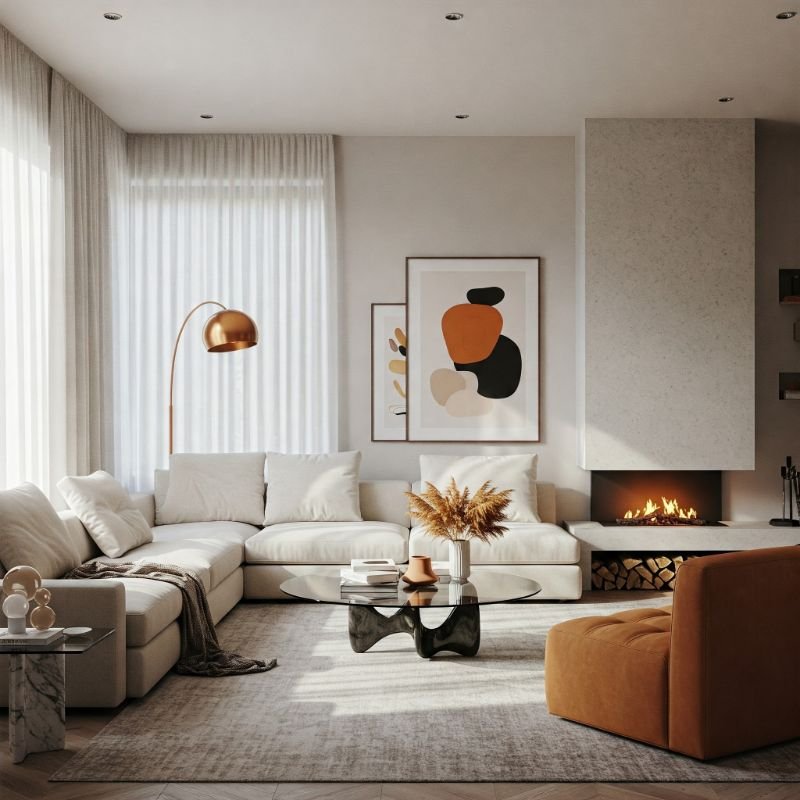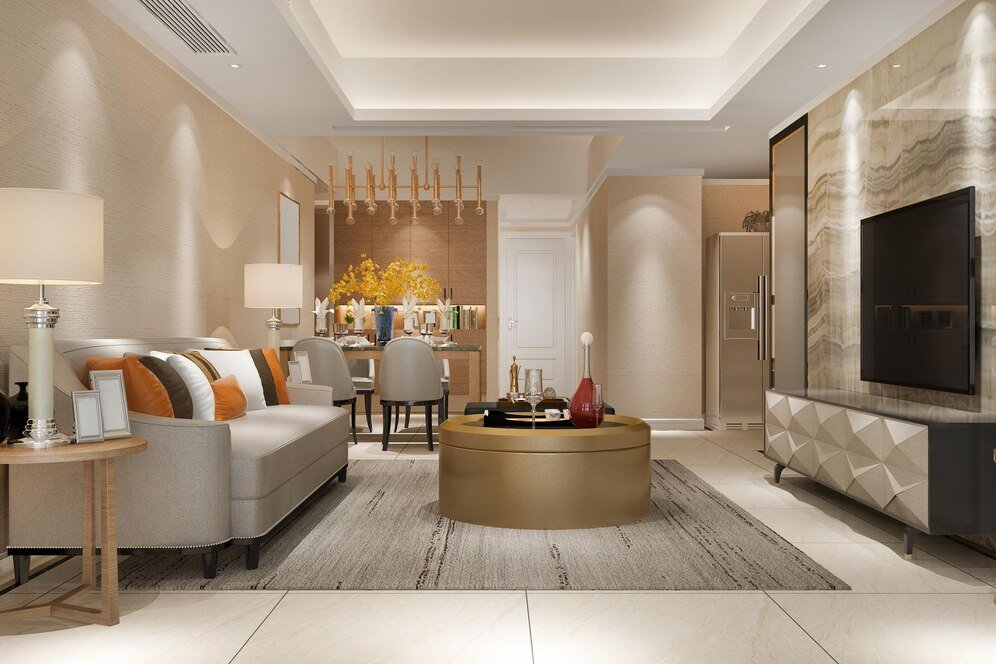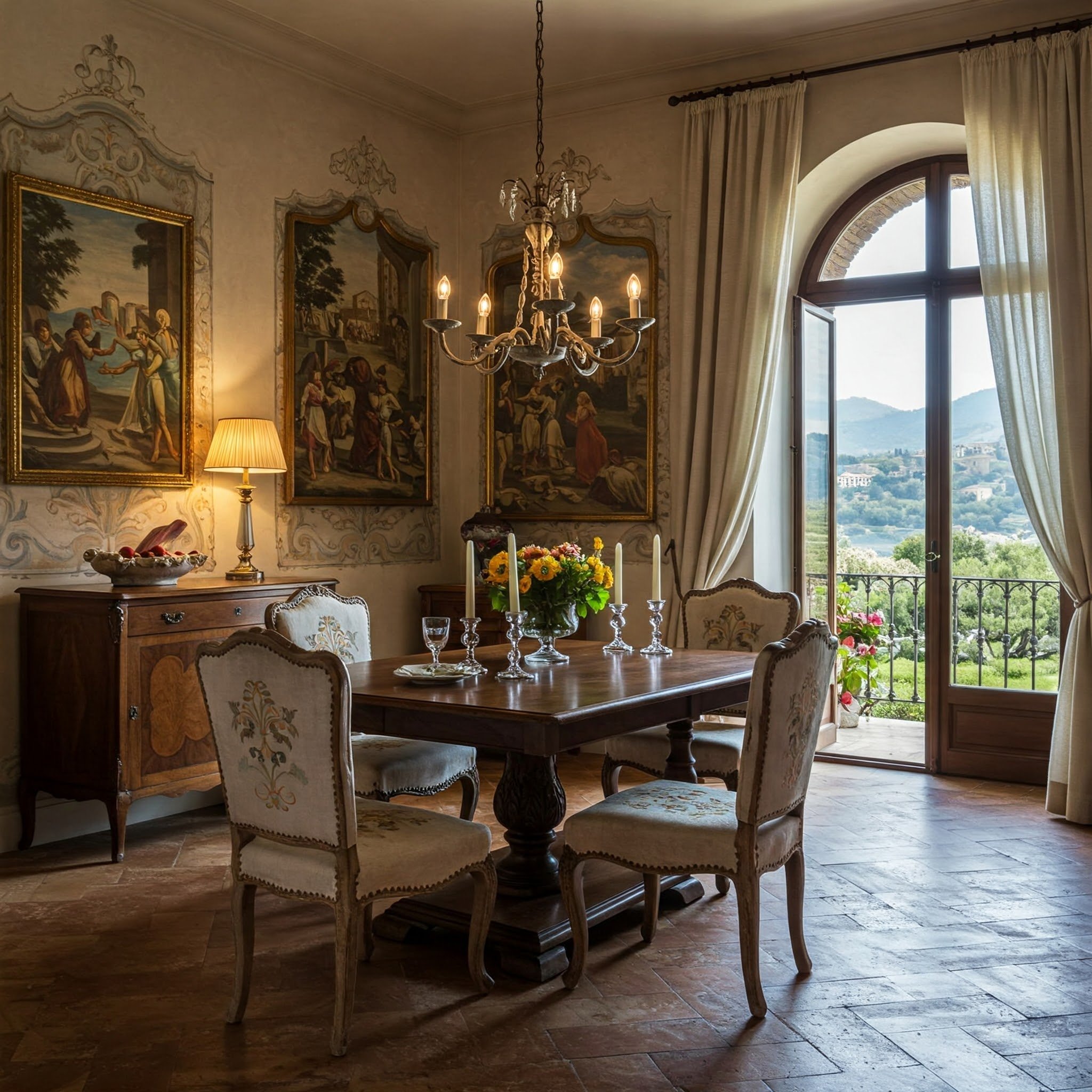6 Design Secrets That Define Sophisticated Home Interiors
Uncover six essential design secrets that bring sophistication, balance, and timeless elegance to modern home interiors.
A sophisticated home interior is more than an arrangement of stylish furniture or trendy decor pieces. It’s a reflection of thoughtful design choices that bring comfort, beauty, and character together in perfect harmony. Each element within a refined space plays a role in shaping the atmosphere. The difference between a home that feels merely decorated and one that feels curated lies in the details. Subtle layers of texture, proportion, color, and light work together to create an environment that feels intentional and timeless. Here are six design secrets that can help transform any interior into an elegant retreat, filled with warmth and quiet confidence.
Choosing the Right Foundation
Every home begins from the ground up, and the choice of flooring sets the tone for the entire space. A well-chosen floor can add richness, durability, and personality. It acts as both a visual anchor and a unifying element that ties the interior together. Midway through any design project, many homeowners realize how much influence floors hold over the room’s character. Selecting quality materials, such as hardwood, engineered wood, or luxury vinyl, creates a seamless flow between rooms and elevates the sense of harmony. The key is balancing aesthetics with practicality. For those seeking durable yet stylish options, options like Really Cheap Floors offer a range of finishes that combine affordability with refined craftsmanship, making it easier to achieve the desired look without exceeding the budget. The right flooring doesn’t just complement furniture; it frames every other design decision that follows.
The Power of Proportion and Scale
Sophistication in design is closely tied to proportion and balance. Rooms that feel inviting often rely on well-considered scale rather than simply filling the space. Large furniture in a small room can create a feeling of confinement, while undersized pieces in a spacious area make it seem incomplete. Harmony emerges when objects, shapes, and sizes relate naturally to one another. A generous sofa might need a substantial coffee table to maintain visual stability, just as tall ceilings invite elongated drapes. Paying attention to the weight of forms, the way lines and volumes relate, can subtly influence how comfortable a room feels. The goal is to achieve visual equilibrium so that no single item overwhelms the space. This sense of proportion contributes quietly but powerfully to the perception of sophistication.
Texture as a Silent Luxury
Texture has an incredible ability to create depth and warmth. In many elegant interiors, texture replaces bold color as the primary means of interest. When surfaces vary, from smooth marble to woven linen, the eye lingers, and the room feels rich without excess decoration. Layering textures creates comfort and tactility, which is often what gives a space its inviting character. Think of a wool rug underfoot, linen curtains filtering soft daylight, or brushed metal fixtures catching the eye. These subtle contrasts can transform a flat, sterile space into something dimensional and appealing.
The Art of Subdued Color
A sophisticated palette often relies on restraint rather than intensity. Muted tones, soft neutrals, and carefully layered shades of similar hues create a calm atmosphere that endures through changing trends. Color affects emotion, and subdued tones often invite relaxation. The charm lies not in the absence of color but in its quiet control. Greys with warm undertones, creamy whites, gentle taupes, and muted blues or greens provide a sense of serenity and refinement. Accent colors, when introduced sparingly, can draw the eye without overwhelming the scene. By using color to suggest depth rather than shout for attention, interiors gain an understated elegance that feels personal and lived-in rather than staged.
Lighting that Shapes Emotion
Lighting is one of the most transformative tools in interior design. The right combination of natural and artificial light determines the mood of a room and enhances its architectural features. A soft, diffused glow can make textures appear more inviting and surfaces more tactile. Task lighting near reading areas or kitchen counters brings practicality, while ambient lighting sets the general tone. A mix of warm and cool tones helps balance different times of day, ensuring comfort and visual harmony. Thoughtful placement of lighting not only highlights design elements but also creates an atmosphere that invites relaxation and connection.
Curating with Purpose
Sophistication often emerges through restraint. The most elegant interiors are those where every piece has a reason to exist. Curating with purpose means selecting objects that carry meaning, whether personal or aesthetic, and allowing space for them to breathe. A single striking artwork, a collection of pottery, or a sculptural lamp can create far more presence than cluttered shelves. Quality always outweighs quantity in refined spaces. Leaving negative space, a wall left unadorned or a corner left open, allows the eye to rest and appreciate what is present. When design choices are made with clarity and intention, the home reflects a quiet confidence that feels deeply personal rather than merely styled.
Sophisticated interiors are not defined by extravagance but by balance, attention, and restraint. Every decision, from the type of flooring to the smallest accessory, contributes to the overall harmony. True sophistication doesn’t shout; it whispers through thoughtful choices that endure over time. A home built on these principles becomes a sanctuary that reflects both elegance and authenticity.
